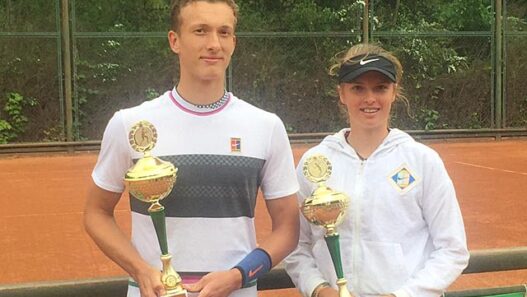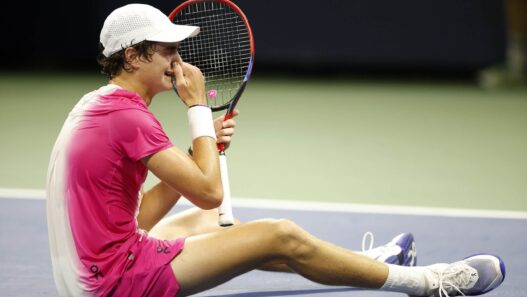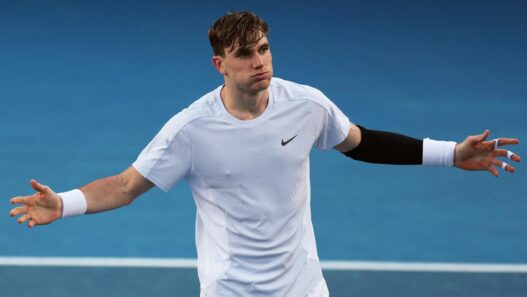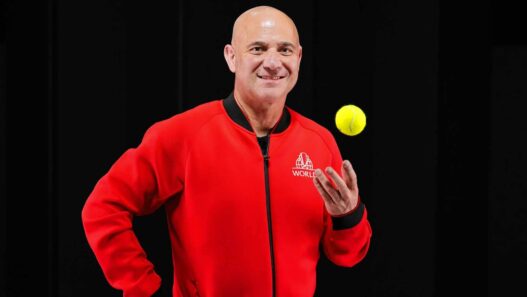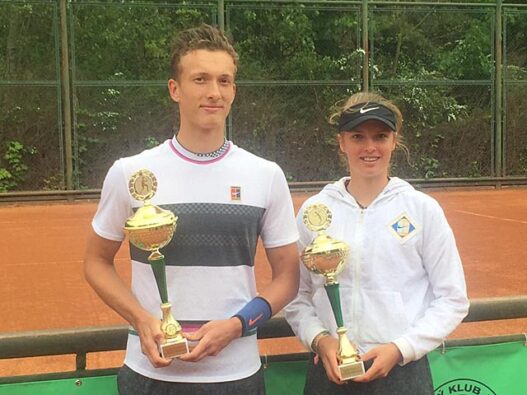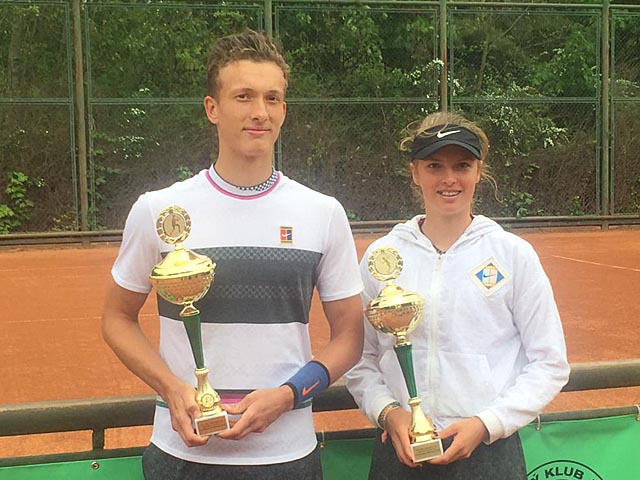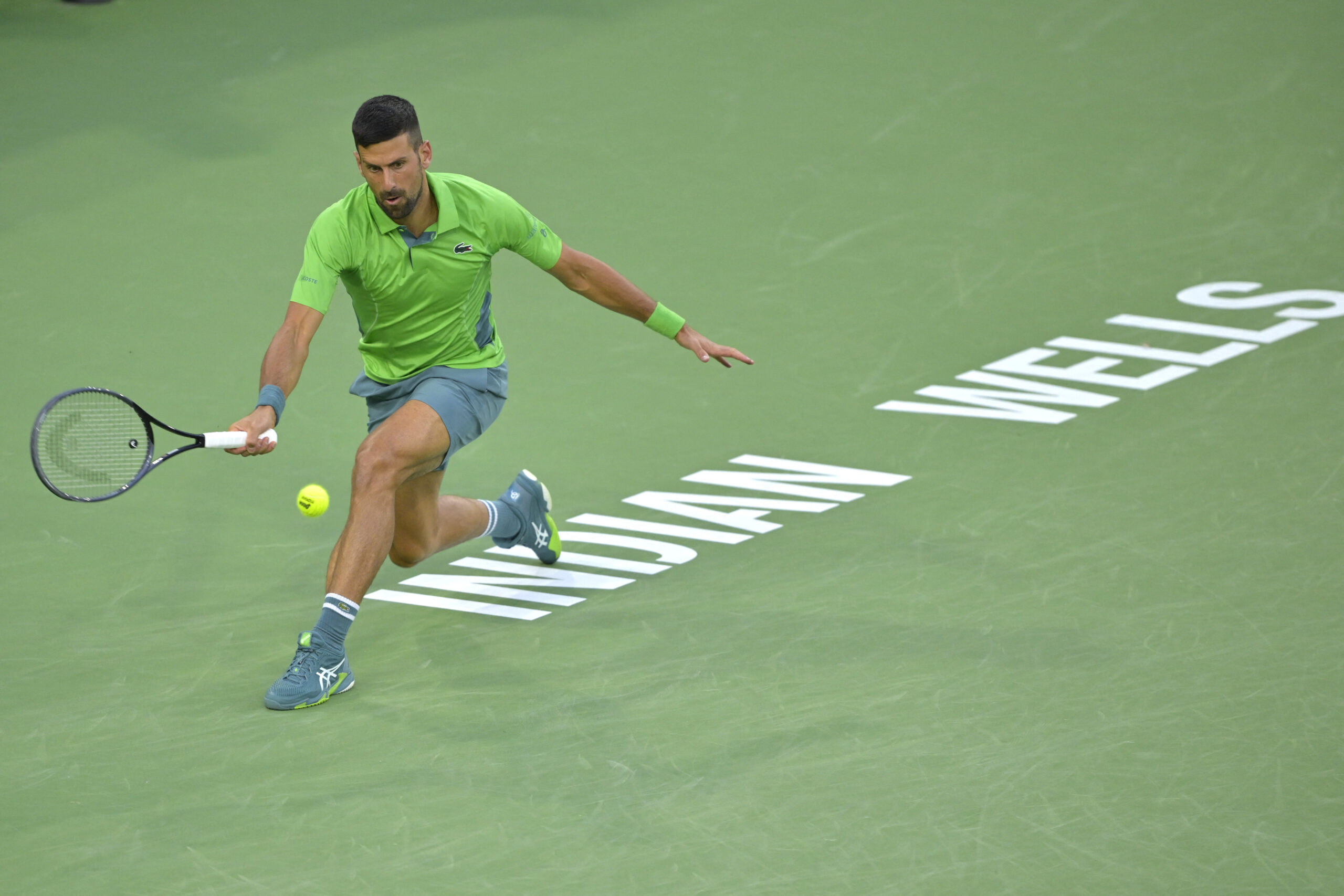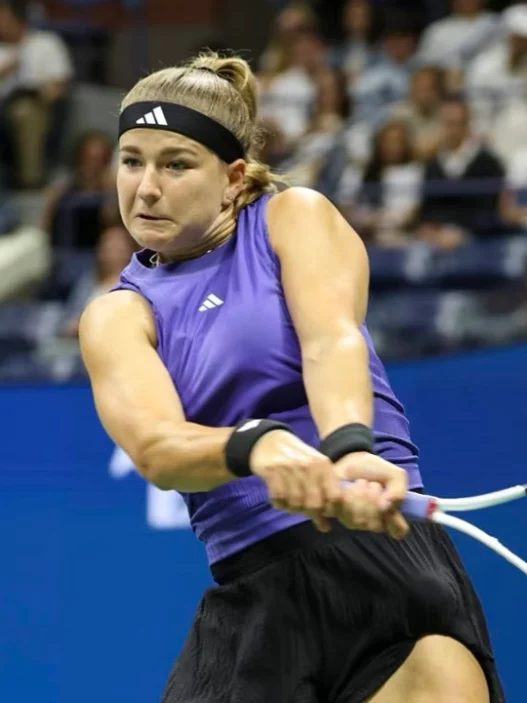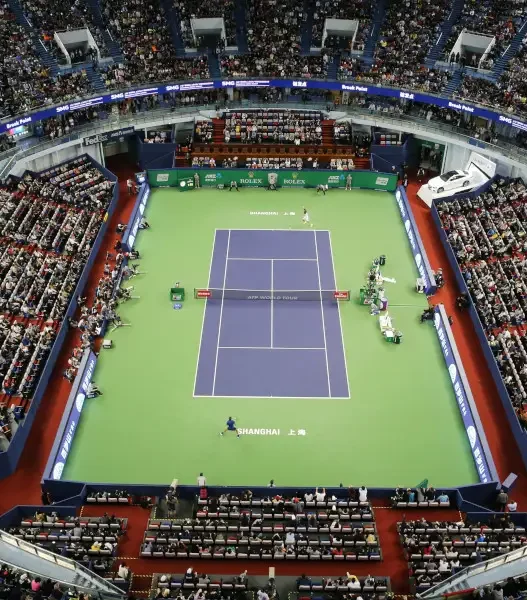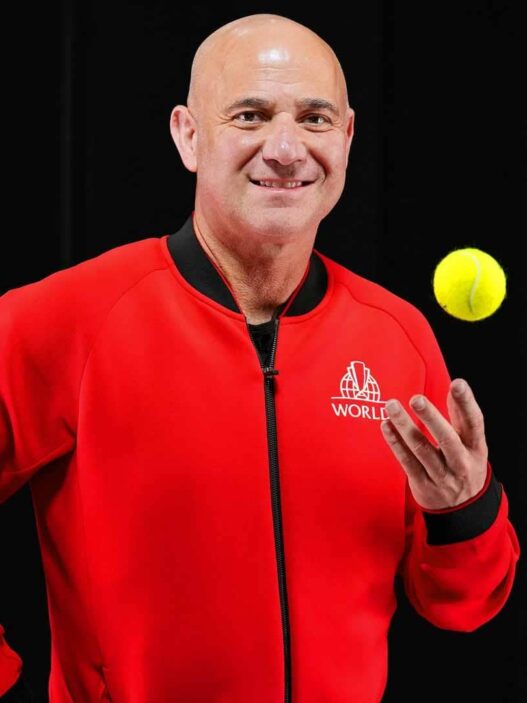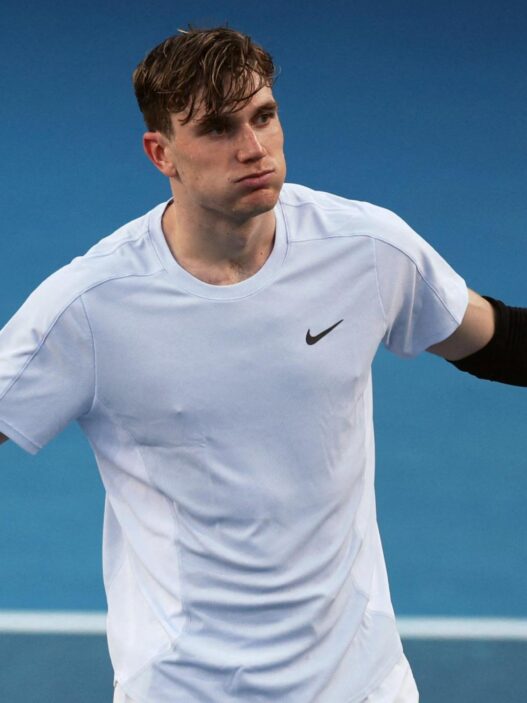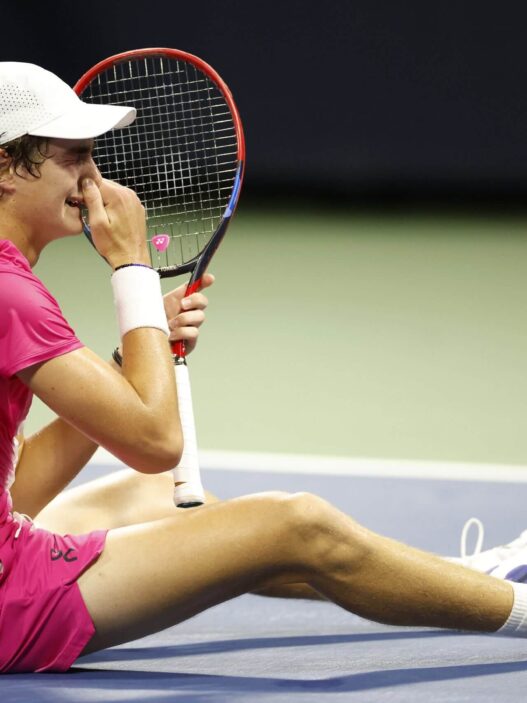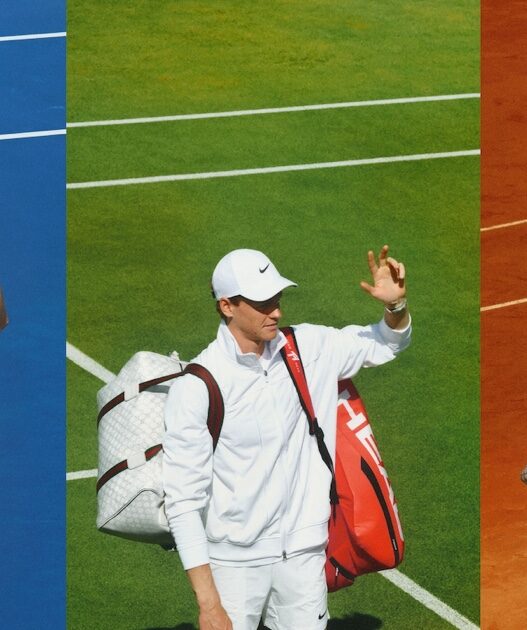For a country of just over 10 million people, the Czech Republic has an uncanny ability to produce world-class tennis players. From the days of Martina Navrátilová and Ivan Lendl to the modern successes of Petra Kvitová and Tomáš Berdych, Czech tennis has consistently punched above its weight. But now, a new generation is emerging, one that promises to push the boundaries even further. With rising stars like Linda Nosková, Brenda and Linda Fruhvirtová, and Jiří Lehečka leading the charge, Czech tennis is on the verge of another golden era. The question is: what comes next?
The most obvious headliners of this new wave are Brenda and Linda Fruhvirtová, the teenage sisters who have captivated the tennis world with their precocious talent. Brenda, the younger of the two, has already made a name for herself with her dominance at the junior level, while Linda has broken through on the WTA Tour, competing in Grand Slam tournaments and notching wins over top-ranked players. Together, they embody a mix of raw talent, ambition, and the kind of competitive spirit that has defined Czech tennis for decades.
Linda, the older sister at 18, has been described as having the maturity of a seasoned pro. Her powerful baseline game and ability to handle pressure have drawn comparisons to Petra Kvitová, another Czech lefty who knows a thing or two about winning under pressure. At the 2023 US Open, Linda reached the third round, showcasing not just her skills but her resilience. Brenda, meanwhile, is still climbing the ranks but has already shown flashes of brilliance in ITF tournaments. Her aggressive style and fearless approach suggest she won’t be far behind her sister in making an impact on the WTA Tour.
But the Fruhvirtová sisters are just the tip of the iceberg. Linda Nosková, 19, has been quietly building her resume and is widely regarded as one of the most complete players of her generation. Nosková combines a powerful serve with a versatile game that allows her to adapt to any surface. Her run to the semifinals of the 2024 French Open was a breakthrough moment, cementing her status as a player capable of contending at the sport’s highest levels. Nosková’s ability to play with both aggression and patience makes her a unique talent, one that could define the WTA in the coming years.
On the men’s side, Jiří Lehečka has emerged as a bright spot in what has otherwise been a challenging era for Czech men’s tennis. At 22, Lehečka has already cracked the top 50 and has shown the kind of consistency and mental toughness required to succeed on the ATP Tour. His breakout moment came at the 2023 Australian Open, where he reached the quarterfinals, taking down higher-ranked players with a combination of powerful groundstrokes and an aggressive net game. Lehečka’s rise signals a potential revival for Czech men’s tennis, which has struggled to produce top players since Berdych’s retirement.
The emergence of this new generation is no accident. Czech tennis has long invested in its grassroots programs, with a focus on identifying talent at a young age and nurturing it through a network of local clubs and academies. The country’s unique blend of disciplined training and a culture that values individual initiative has been a cornerstone of its success. Coaches in the Czech Republic emphasize versatility, ensuring that players are comfortable on all surfaces—a skill set that has become increasingly valuable in the modern game.
The influence of past champions cannot be overlooked, either. Players like Navrátilová, Lendl, and Kvitová have set a standard of excellence that today’s young stars aspire to emulate. For Nosková, Kvitová is more than a role model—she’s a mentor. The two have trained together on occasion, and Kvitová has spoken highly of Nosková’s potential. Similarly, the Fruhvirtová sisters often cite the legacy of Czech tennis as a source of inspiration, a reminder that greatness is possible even in a small country.
But with great potential comes great pressure. As the faces of this new golden generation, these players will inevitably face comparisons to their predecessors. For Nosková, the challenge will be to maintain consistency and stay healthy as she navigates the grind of the WTA Tour. For Brenda and Linda Fruhvirtová, the road to the top is fraught with pitfalls that have derailed other teenage prodigies in the past. And for Lehečka, the question is whether he can translate his early promise into sustained success, particularly in an era dominated by physically imposing players like Carlos Alcaraz and Jannik Sinner.
The future of Czech tennis also depends on how well the country’s tennis infrastructure can continue to support its players. While the Czech Republic has a proven track record of developing talent, the global nature of tennis means that players often have to compete with resources and training programs from larger, wealthier nations. Maintaining the balance between nurturing young talent and providing opportunities for them to compete internationally will be crucial.
Yet, for all the challenges ahead, the mood in Czech tennis is one of optimism. This new generation doesn’t just have the talent to compete—they have the drive to win. Nosková, the Fruhvirtová sisters, and Lehečka are part of a group that isn’t content to simply carry on the legacy of Czech tennis. They want to redefine it, to push it further, to create a new standard for what players from their country can achieve.
As these players continue to rise, the rest of the tennis world is taking notice. Their success is a reminder that greatness in tennis doesn’t always come from the usual places. Sometimes, it comes from a small nation with a big heart for the game, where players grow up idolizing legends and dreaming of becoming one themselves. Czech tennis’s golden generation is here, and the future looks brighter than ever.




